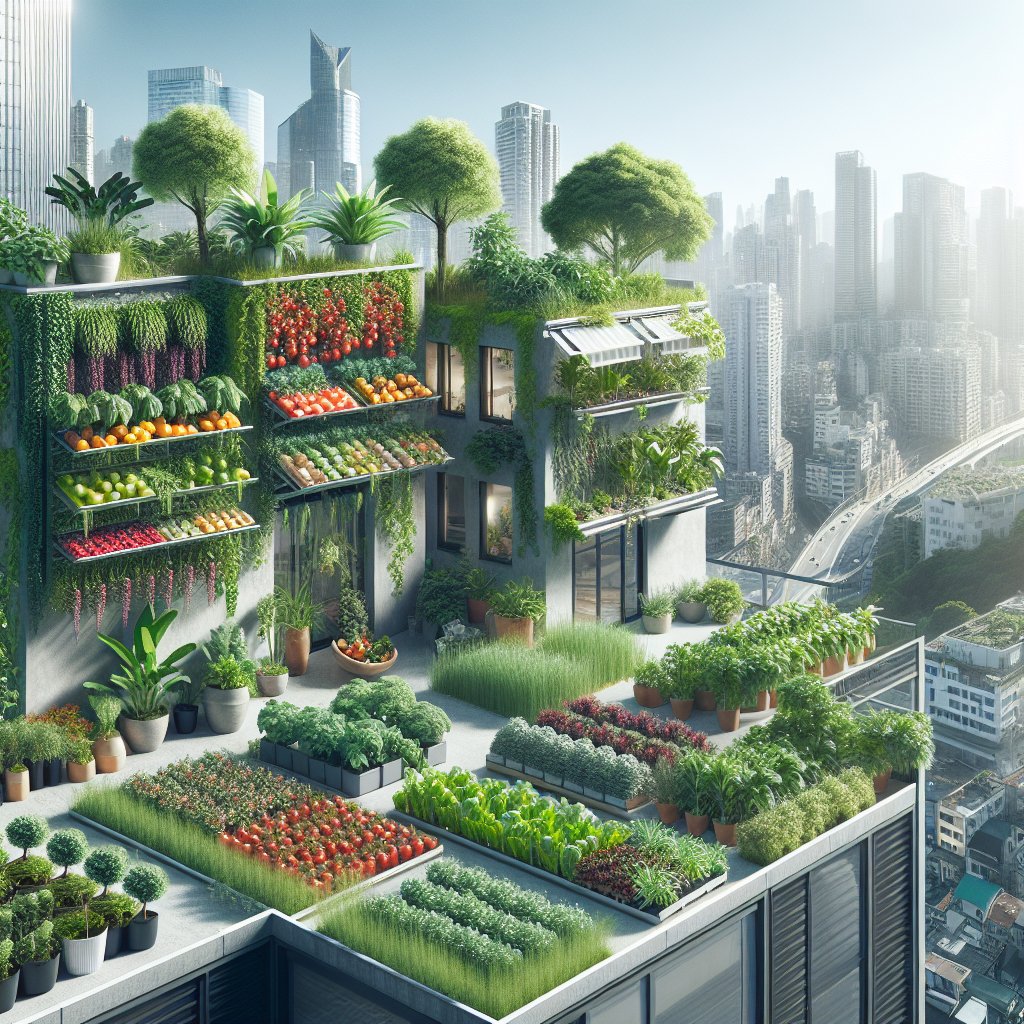The agricultural sector is undergoing a digital revolution fueled by distributed ledger technologies. By integrating blockchain into food networks, stakeholders can achieve unprecedented levels of traceability and accountability. As consumers demand clearer origin stories and regulators tighten safety standards, smart ledgers ensure each step—from seed to shelf—is recorded immutably. This article explores how these innovations are reshaping the way we cultivate, process, and consume food.
Understanding the Limitations of Traditional Food Traceability
Conventional traceability systems rely on paper records, isolated databases, and manual audits. These methods often result in fragmented information, lost records, and costly investigations when contamination or fraud occurs. Farmers, processors, distributors, and retailers operate with little real-time coordination. The consequences include recalls that can damage reputations and erode consumer trust.
- Lack of transparency: Missing or falsified entries make it hard to confirm product origins.
- Slow responses: Manual verifications delay recalls, increasing health risks.
- High costs: Audits and paperwork generate administrative overhead.
- Data silos: Stakeholders often maintain isolated databases that do not communicate.
Blockchain Technology: A New Paradigm for Traceability
By leveraging decentralized networks, blockchain offers a tamper-resistant ledger that all participants can access. Each transaction—from planting dates to shipping manifests—is appended as a block, cryptographically linked to its predecessor. This creates an auditable chain of custody, where alterations are virtually impossible without detection.
Key benefits include:
- Immutable records: Every data entry is recorded permanently, preserving provenance.
- Real-time visibility: Participants can query the ledger instantly for up-to-date information.
- Distributed governance: No single party controls the entire supply chain, reducing manipulation risks.
Key Features of Blockchain
- Authentication: Digital signatures and public/private key cryptography verify the identity of each actor.
- Security: Consensus mechanisms such as Proof of Stake or Practical Byzantine Fault Tolerance prevent unauthorized changes.
- Data integrity: Hash functions ensure that blocks cannot be altered without triggering alerts.
- Smart contracts: Automated scripts execute predefined actions, such as releasing payments when quality checks pass.
Real-World Implementations and Benefits
Several pioneering projects demonstrate tangible improvements in food logistics and safety:
- Walmart’s leafy greens initiative uses blockchain to trace shipments from farms to stores, reducing tracking time from days to seconds.
- IBM Food Trust integrates global partners across 30 countries, enabling instant access to batch histories and certifications.
- Producers of specialty coffee and cocoa leverage permissioned networks to certify fair trade and organic status, boosting market value.
These deployments have reported significant gains in efficiency, faster recall management, and enhanced consumer confidence. Retailers highlight decreased shrinkage, while regulators benefit from transparent audit trails.
Challenges to Widespread Adoption
Despite clear advantages, several obstacles remain:
- Scalability: Public blockchains face throughput limits when processing thousands of transactions per second.
- Interoperability: Diverse platforms and data standards complicate seamless integration across networks.
- High initial investment: Infrastructure upgrades and training incur costs that may deter smallholder farms.
- Regulatory uncertainty: Evolving legal frameworks around data privacy and cross-border ledgers require careful navigation.
Future Directions for an Intelligent Agricultural Ecosystem
Next-generation architectures will combine blockchain with emerging technologies:
- Internet of Things (IoT): Sensors embedded in fields, storage units, and vehicles will feed real-time data directly into the ledger to verify temperature, humidity, and handling conditions automatically.
- Artificial Intelligence (AI): Machine learning models will analyze blockchain datasets to predict disease outbreaks, optimize irrigation schedules, and minimize waste.
- Tokenization of assets: Farmers and cooperatives could issue digital tokens representing harvest futures, unlocking new financing mechanisms and fostering equitable access to capital.
- Regenerative practices: Immutable records will support claims of carbon sequestration, water conservation, and other sustainability metrics, promoting environmentally responsible agriculture.
By driving collaboration and ensuring sustainability, blockchain will become a cornerstone of modern food systems. As infrastructure matures and standards coalesce, the industry stands to gain unparalleled insights into crop yields, distribution patterns, and consumer preferences. Ultimately, a fully connected agricultural network promises safer products, reduced waste, and resilient communities empowered by data.



